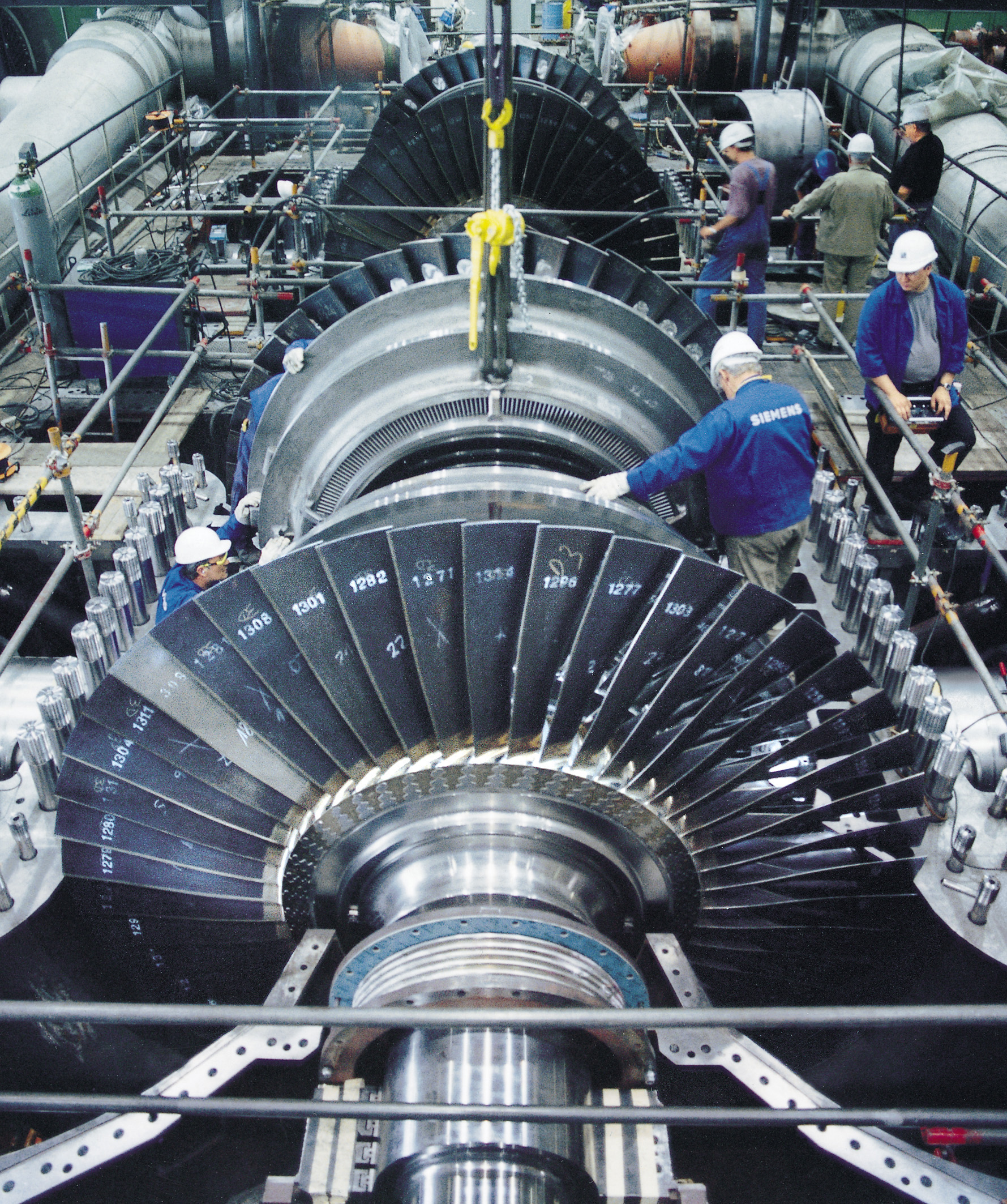Antitrust laws in Europe split Microsoft wide for exactly the sort of merged functionality that both Google and Firefox are offering.
Shades of Blade Runner: Could Bioprinted Replicants Be Around The Corner?
This article announces a technology that uses cloned tissues to print 3d Replicas of real human tissues. The analogue to “Do Androids Dream of Electric Sheep?” is remarkable. It’s nothing new for technological advancement to mirror Science Fiction and Fantasy but, for me at least, the idea of homonculi assembled from living tissues is nearly as pase’ as Frankenstein’s Monster. It seemed that the destination of science and technology was moving inexorably toward the organic growth of replacement tissues and tailored organisms. This miniature liver however presents all sorts of intriguing and horrifying possibilities.
Reynold’s Rap: Notable Quotables for Penfeathers
I approached Timothy GM Reynolds aka Alex T Crisp, a rather prolific writer whom I think we can forgive for being Canadian, and asked him to comment on my new book of children’s Rhymes. Nope, not the German musician, or the expressionist painter. Tim was gracious enough to look over Penfeathers, despite his busy schedule and the egregious (my word not his) demands on his time and personal resources. The following is his response, which I deeply appreciate.
______
Hi Fred.
Firstly, thank you for letting me read your collection. It certainly took me back to my childhood. So, here is something I hope you can use for the back cover, although what you have there already is quite good:
“In Penfeathers, Richard Fredric Grenville has captured some of the liveliest Mother Goose rhymes with an uncomplicated, unadorned folk-art-style of illustration which nicely accompanies this selection of classics without overshadowing them.”
~Timothy Reynolds, author of ‘Dragons in Suburbia’ and other short, dark tales.
~~~~
Cheers,
Tim.
After the tildes, he also forwarded some extremely helpful critique which I appreciate, greatly. He is a real gentleman and a great writer. I suggest that after you have purchased Penfeathers, you then pick up a copy of Shanghai Steam, or Dragons.
Big Publishers DRMing us to death
As a writer, rights to my work are important. Anyone who copies my work and doesn’t pay me for it literally takes away from my ability to care for elderly parents as well as myself. Writing is hard work. So is practicing long hours with musical instruments, or painting, drawing singing, etc. Hard work, harder in some cases than selling rainforest kitch, flipping burgers or building electronics.
On the other hand the spread of facisim in the west has brought about an unholy union between big content producers and government that is choking the life out of the freedom of the consumer. DRM and digital media restrictions are making it criminal to own and use your own copy of an artist’s work. With paper, canvas and vinyl, we allowed artists and producers to create “licenses” to content, but the media was property. If I bought a book, the words belonged to the author or his assigns (publishers heirs etc.); the paper, ink and binding was mine. I owned the book, the copy. If I wanted to share it with a friend I handed it to him and he read it. Libraries exist for the sole purpose of collecting books and lending them for the use of patrons, whether on site or off.
With digital, paperless, initiatives we have a problem. Can I own the electrons on a flash card? Is it possible? And if I send it to a friend he has it, but I still have it too. I’ve been accused of an intense grasp of the obvious. But the obvious seems to have escaped the legislators, producers and consumer public. The obvious is that DRM or Cloud storage infringe on the consumers rights as they have existed for just as long a tradition as those of the copyholder. DRM cannot be allowed to be a means of simply removing the ability of the consumer to loan or sell his media. This is a one-sided draconian approach that infringes on the majority rights in order to protect the minority. Unequal protection. For Americans at least, a huge no-no.
This case, a conflict between a programmer and Silicon Valley powerhouse Facebook ®, is a clear case of big business content producers attempting to circumvent the like a book doctrine and force the consumer to relinquish traditional rights to control, manipulate and warehouse their privately owned media. A quick review will probably leave most readers ambivalent at best.
The issue will continue to be a matter of struggle as we try to figure out how to insure media control “like a book” while preventing piracy. A start, would be for consumers to have the good grace to “just say no” to Pirate Bay.
Travailing East
I’ve just completed a long stay with a dear friend and sister in faith and by adoption. It was a healing time, that helped me to regain some equilibrium and hopefully refresh my mind enough to finish some projects. I’m truly grateful for the opportunity and for the hospitality that she and her extended family and friends offered (in some cases proffered).
That said, I traveled by train. I’ve no particular distaste for flying, but the quarters a re cramped and the experience is made worse by the hysterical and draconian security measures. The body scanners for instance are a marvel of technology, and completely and utterly in opposition to the constitutional right to freedom from unreasonable search. So I took the train.
Trains are a source of liberty in travel, in that you can get up and move about. You don’t have to operate the vehicle yourself. You can eat, drink and relieve yourself on your own schedule, within reason, and never have to stop for either. But trains are not glamorous so in general they do not atrtact the brightest and best America has to offer. The crew of a train works very hard to provide as comfortable and safe an environment as possible, while dealing with the same complaining, selfish and hostile public that flies or buses or uses the highways.
The difference is that the members of the crew are often stretched beyond their mental, emotional and physical capacity by public service jobs. This is not a fault of the applicants, who certainly should be congradulated for getting work and keeping it, for stretching themselves and for enduring the harsh reality of living aboard public transportation. But they are being asked to do a job that should pay better and should be filled with brighter, more creative and in some cases younger people.
The smiling pretty face and efficient coping of the flight attendant, aboard AmTrak, is replaced with the obstreperous nature and limited abilities that would normally be found among the TSA or your local mall security. People doing their best with inadequate ability leads to mistakes. Couple that with an intermittantly and inadequately funded Railroad and you can imagine that some egregious events and equipment failures occur, regularly.
I want to thank the passengers and the crew of the trains I traveled on: The 14, the 3 and 4, the 50 and the 51. Thank you for making the best of a bad situation and for being human in an environment that encourages the ape within us all. And I thank God for getting me through it and that it is in fact over.
Until, yes, I intend to it again,
Fred
Choo choo!

This little Item from Professor Elemental’s FB fanpage caught my attention and held it. See the words are a bit ironic to me. It reminds me of an a somewhat dim acquaintance of mine that I spent a lot of time battling with over the last decade and a half. That is of course the subject for a different venue, let’s just say in a battle of wits his kit of choice is the Shield of Evil Banality and the Club of Low Cunning. He can always quote someone else’s witticism that will at least have some of the same words as the topic at hand.
But enough about that. The real issue is that the conversation in question started with him mocking Jay Leno for his avid interest in steam power. He finally fell to the question, why is it that you can only every find kits for low horsepower steam engines, none of which are organized as motors? That’s a paraphrase. He was never so articulate. I’m sure that ultimately he was trying to use his degenerate version of Scientology Lingo to seem witty. But he quite unwittingly tumbled onto a fine oddity.
He, like so many, believes that the internal combustion engine has supplanted and obsoleted steam power. Professor Elemental touches on that in the song linked above. He also points out wind power as an obsolete tech. I believe t he point of the song is that we had our hay-day mowing with gasoline and now we’ll have to buckle down and settle for steam. The implication is that it’s some sort pennence for the excesses of the 20’th century. But nothing could be more erroneous.
After World War I many ships were being converted to Diesel engine and this was a short lived detour that seemed like the big thing for the future. Mr. Diesel’s design for internal combustion is neat and “for a petroleum engine” marginally efficient. It doesn’t approach the the power and efficiency of a top fuel dragster or formula racer, but it does all right. And really, who wants a nitro-methane supercharged drag cruise-liner?
But the point here is that the foray into diesel was mostly a non-starter for really big vessels. Those that retain diesel today are mostly hybrid, using diesel to charge batteries that then run electric motorized screws. Even that design was scrapped on Naval vessels where, the big cruisers, carriers and subs use a nuke. Now my “friend” above was only too avid to concede that Nuclear (for texans: Nukular) power was the bomb. It’s latest and greatest, why it’s New Technology! Hmmm.
Reactors were invented in the 1930’s and used in the development of atomic weapons. Very new. Internal combustion dates from the late 19’th century, why that’s at least 40 years earlier. But there’s a problem with nuclear power.
Contrary to the Stark Trek ™ and Sci Fi vision, reactors are just giant furnaces where (in a terribly crude, even primitive way) zirconium plated metal rods are piled up till they get hot enough to spontaneously boil water. Said water “coolant” is driven through of all things a steam turbine which rapidly cools it. Then it is condensed in a coil and recirculated. This massively “high tech” generator is our old friend the steam engine.
Given the intense heat and radiation of a nuclear furnace, it’s probable that other means of gaining power from it are possible. But let’s face it, we’ve been living the steam punk fantasy for the last two hundred years. By burning hydrogen, oxygen and catalysts in various compounds, our wonderful liquid fueled rockets the main engines on the Space Shuttle are ultimately a form of–yes–steam power.
We are building windmills more often now. And I’m very happy to see it. As for some good old medieval tech, how about the hoover water-wheel. But it’s makes us feel more sophisticated to use terms like hydro-electric, harassing thermal energy, or reaction engines. So be it. All hail the heat expansion of aqueous fluid to provide mechanical energy!

